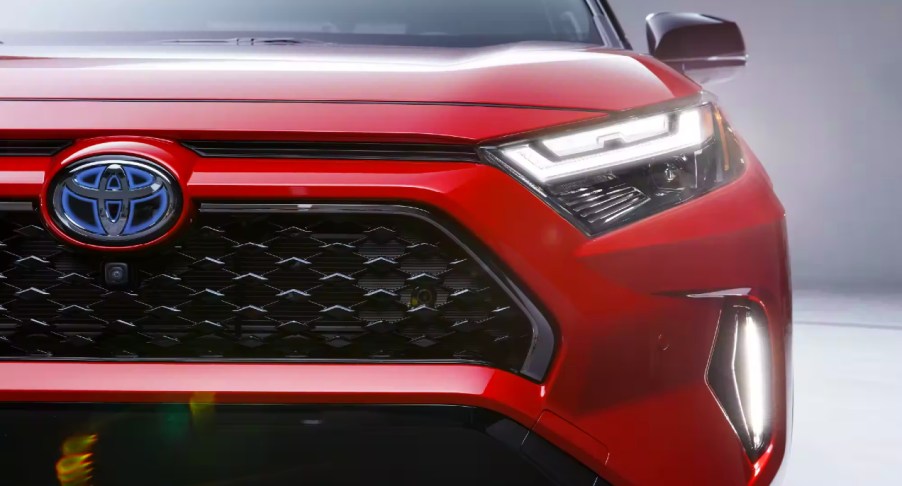
Study Says People Aren’t Charging PHEVs, Here’s Why You Should
Plug-in hybrid vehicles use hybrid engines but also often feature a lithium-ion battery and electric motor(s) to provide more power and driving range. Modern PHEVs tend to have between 20 to 40 miles of driving range. Plug-in hybrid vehicles can be incredibly advantageous for drivers that utilize their unique powertrain systems correctly. According to a new study, many PHEV owners aren’t even charging their vehicles.
Why charging your plug-in hybrid vehicle is important

If you want to save money on gas, a hybrid vehicle or plug-in hybrid vehicle could potentially slash your refueling costs. Hybrid and PHEVs get some of the furthest driving ranges in the industry. More driving range means fewer trips to the gas station, which is a huge deal considering today’s economy. So, the question is, why are plug-in hybrid owners not charging their vehicles, and why should they in the first place?
Plug-in hybrid vehicles are more expensive than hybrids because they use powertrain systems that are even more complex. Part of the appeal of getting a PHEV is being able to use its electric power reserves to travel further than a hybrid or internal combustion engine vehicle can without relying on any gasoline. If you own a PHEV and never make use of its electric-only driving range, you’re not getting the most out of your vehicle. In fact, this is an easy way to lose money at the pump, considering how many electric-only miles you could travel with access to a decent charger.
Let’s work through a scenario to illustrate the value of using a PHEV’s electric-only driving range. Say you own a plug-in hybrid vehicle and exercise daily at a local park that happens to host a few electric chargers. Models like the Prius Prime have 40 miles of electric-only driving range. If your local park is just a few miles away, you could drive there using electricity and charge the vehicle while you exercise.
If the park’s charger is a Level 1 charger, you won’t recover much of the vehicle’s battery capacity. That being said, you’ll still burn less fuel and, ultimately, fewer dollar bills. Now, what do you do when your PHEV runs out of juice?
How do you charge a plug-in hybrid?
Charging a plug-in hybrid is as simple as interacting with the charging system, removing the charger from its holster, and plugging it into your vehicle’s charging port. Park and turn off your vehicle’s engine before charging. Your owner’s manual will help you locate the charging port of your specific vehicle.
Charging stations that are able to produce 240 volts of electricity are ideal for quick charging sessions. PHEV owners should consider having a professional install a charging station at home to charge the vehicle. Plug-in hybrid owners that have capable home chargers will get the best ownership experience because of the convenience and accessibility that the charger provides.
A ChargePoint Home Flex Electric Vehicle 240-Volt Charger costs $889 on Amazon. If you want the most value out of your plug-in hybrid vehicle, owning a home charger and regularly charging the PHEV so you can make the most of its electric-only driving range is the way to go.
What are the best plug-in hybrids on the market?

The Toyota RAV4 Prime is regarded as one of the most exciting plug-in hybrid electric vehicles. According to U.S. News & World Report, the Mini Cooper Countryman PHEV, Subaru Crosstrek Hybrid, and the Kia Niro Plug-In Hybrid are some of the best subcompact plug-in hybrids. The Ford Escape Plug-In Hybrid, Jeep Wrangler 4xe, and Hyundai Tucson Plug-In Hybrid are popular small SUV PHEVs.
There are plenty of plug-in hybrid car options to choose from as well, like the Toyota Prius Prime and Hyundai Ioniq Plug-In Hybrid. According to InsideEVs, a large percentage of plug-in hybrid electric vehicle owners aren’t plugging their vehicles in. If you do get a PHEV, make sure you use its electric-only driving range.



